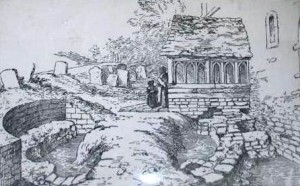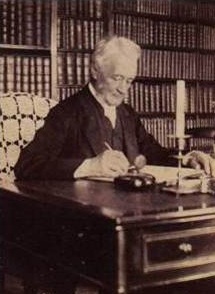Lyminge’s early history
Historical evidence

Historical sources indicate that a ‘double’ monastery – a mixed community of monks and nuns placed under the rule of a royal abbess – was founded at Lyminge during the 7th century. The monastic community at Lyminge would have formed part of a network of religious houses established across the kingdom of Kent. These new monasteries were founded following the arrival of St Augustine’s mission to convert the pagan Anglo-Saxons in AD 597.
Excavations

In the mid 19th century Canon Jenkins, vicar of Lyminge, excavated around the parish church. In doing so he uncovered the core buildings of the Anglo-Saxon monastic complex, including a 7th-century minster-church.
In the 1950s, a pagan cemetery was excavated just outside the village. This was the first archaeological evidence that Lyminge was an important place well before the monastery was founded. Some of the beautiful grave goods that were excavated are on display in Maidstone Museum.
Our ongoing work is unearthing a wealth of new information for understanding Lyminge’s origins and development as an Anglo-Saxon monastic settlement. We now know that the nucleus of stone buildings excavated by Canon Jenkins formed only a small part of a much larger settlement. The area around these stone buildings was busy with domestic occupation, crafts and economic activity representing daily life within the monastic community. Our excavations also show that Lyminge was an important royal site before the foundation of the monastery and that its origins as an Anglo-Saxon ‘central place’ date back into the 5th century AD.



